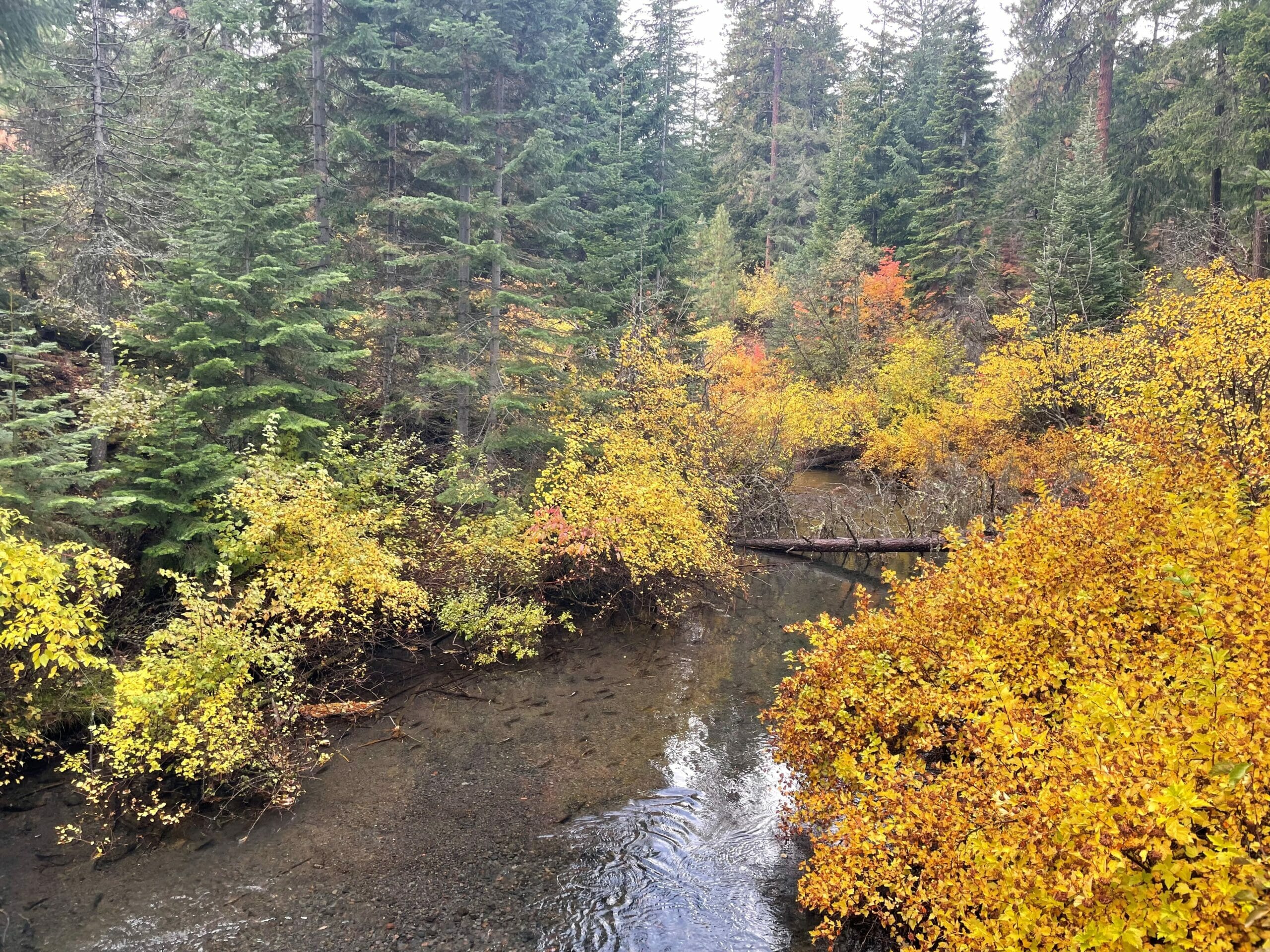TU, Forest Service, volunteers, youth crews team up to restore Link Creek, an important tributary to Oregon’s Metolius River
Few Western rivers offer better fishing than the Metolius in Central Oregon. This famous trout fishery is well known for its native bull and redband trout. But like many stream systems, it suffers from degraded and disconnected habitat.
Trout Unlimited and a remarkable variety of partners are doing something about that.
A good example of our success in this effort is a project on Link Creek, a stream that connects Blue and Suttle Lakes in the upper reaches of the Metolius River Basin.
This past fall, TU partnered with the Deschutes National Forest and Caldera Arts to complete this project, which improves cover and shelter for multiple life stages of several native fish species. Students, volunteers and TU members, youth crews, and partner organizations from local communities also made a big contribution to this project.
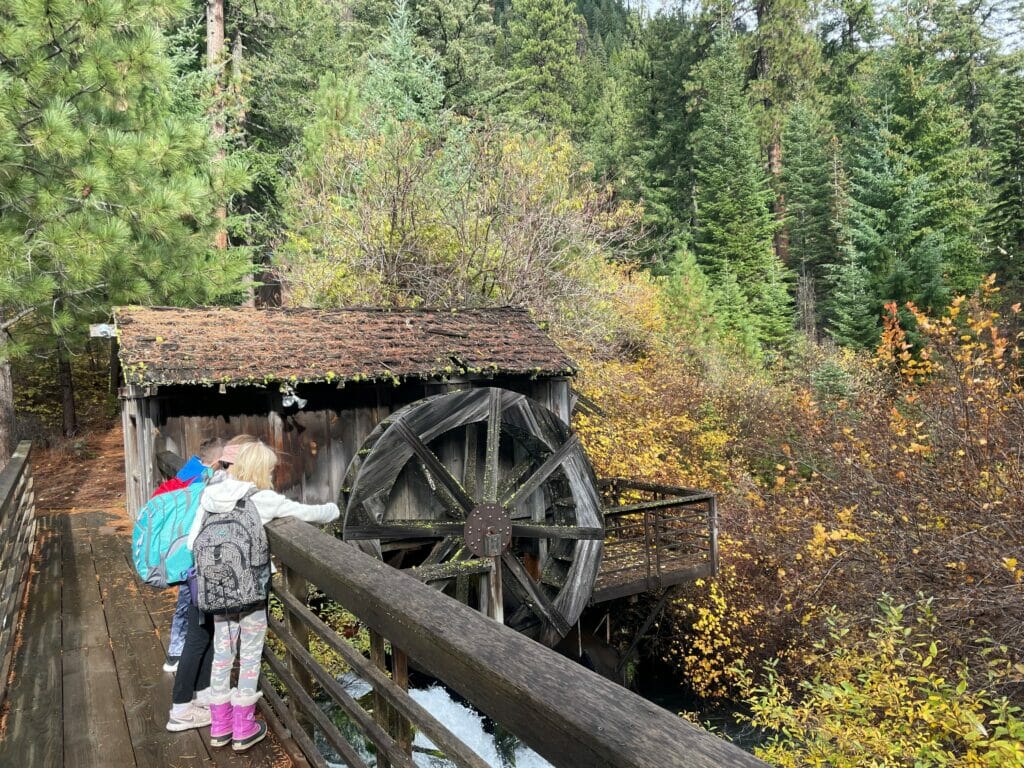
Although Blue Lake is mostly surrounded by private property, lower Link Creek and Suttle Lake are on public land and are popular for fishing and camping.
On more than a half-mile of the stream, TU worked with U.S. Forest Service staff and contractors to place 65 logs at 20 different sites, and organized and led youth and volunteers in installing 525 plants and raking in seed of multiple native plant species.
TU works closely with the Deschutes National Forest to obtain native plants for restoration projects in this region. Plants are placed strategically to align with the natural habitat, protect water quality and provide future food and cover for fish.
The logs placed on the banks of the creek will help prevent erosion, provide shelter for fish, and create habitat for aquatic insects. The willows, alders and sedges that volunteers planted will help anchor soils and the ecological productivity of the riparian zone.
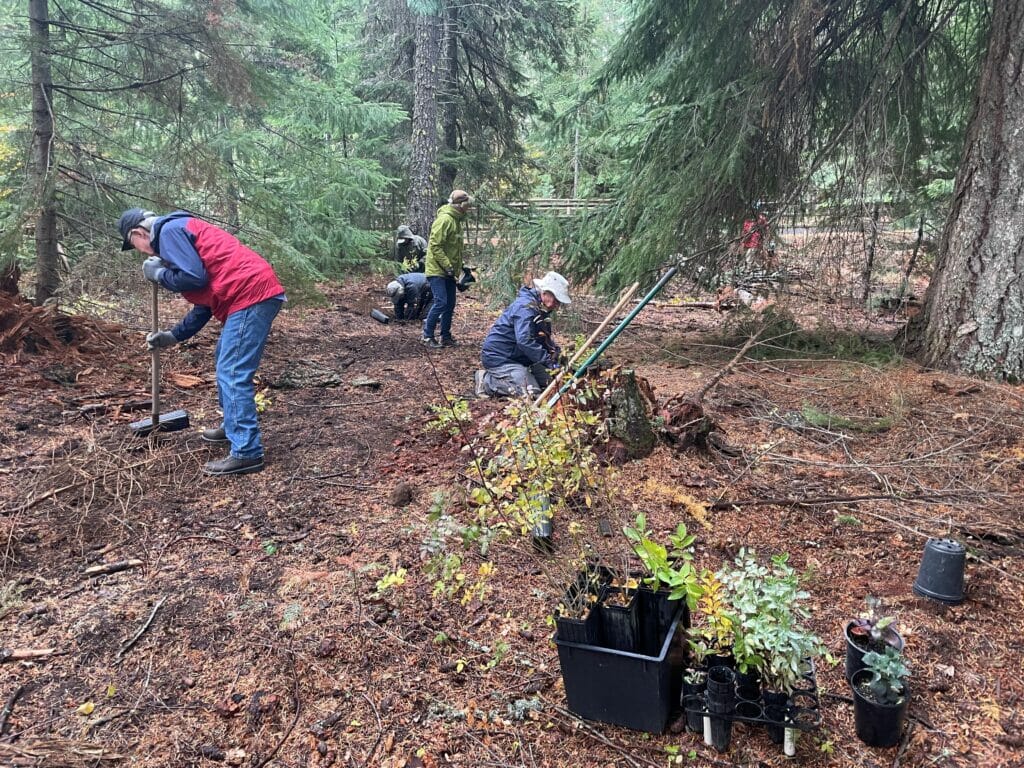
Now that the logs, trees and shrubs placed during the project are in position or planted, TU will track use of the newly-enhanced habitat by local fish populations.
The Link Creek project dovetails nicely with work staff are doing on the Metolius River downstream to improve connectivity in this watershed. Although Link Creek is currently occupied by kokanee and brown trout, project leaders hope that sockeye, spring-run Chinook and bull trout will find their way to the creek.
Over two seasons, TU worked with 200 youth and 50 adult leaders on the Link Creek project. These volunteers came from as far away as Portland and from local communities including Camp Sherman, Madras and Sisters.
Even during the Covid pandemic, middle and high school students connected virtually to the project to learn about the importance of tree plantings and other actions that restore stream function. Students also learned about the significance of salmon and trout to the ecosystem and why it is important for fish to have logs and trees hanging over stream banks.
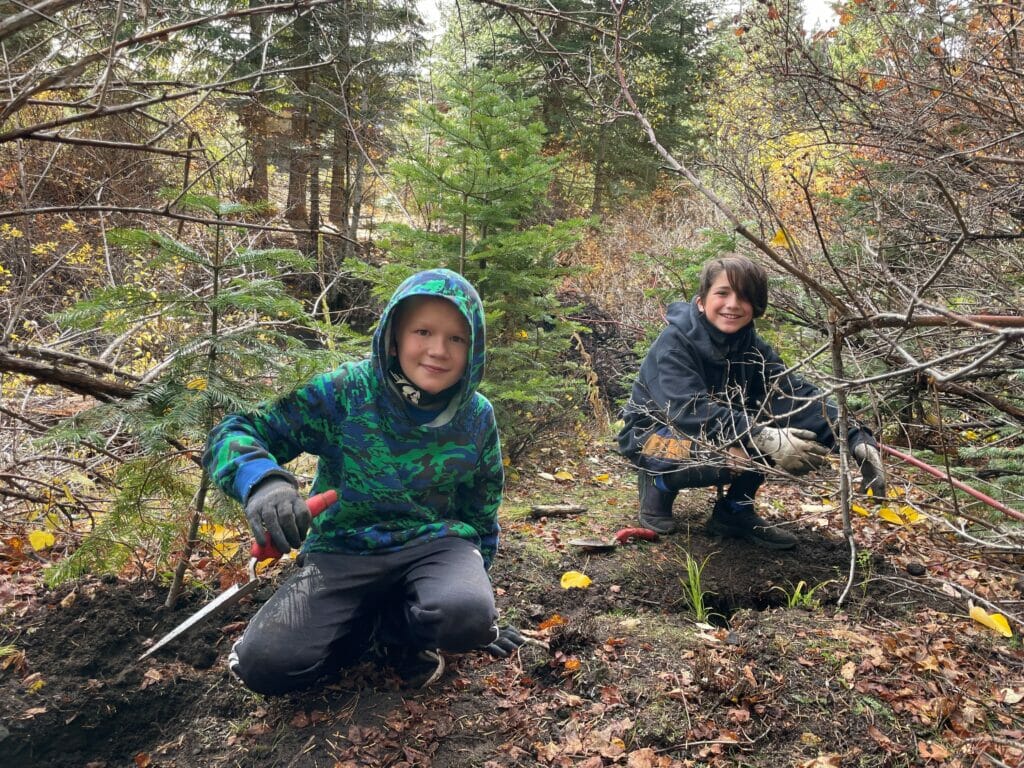
Later, students were able to visit the site as the habitat around the creek had enough space to be outside together safely and explore the area.
“Students thoroughly enjoyed the lessons,” said Elena Miller, a sixth grade teacher in Sisters, Oregon. “Highlights were the macroinvertebrate class, the art class, the hikes—really all the lessons! Teachers and staff commented on how well the classes were run and how great they were.”
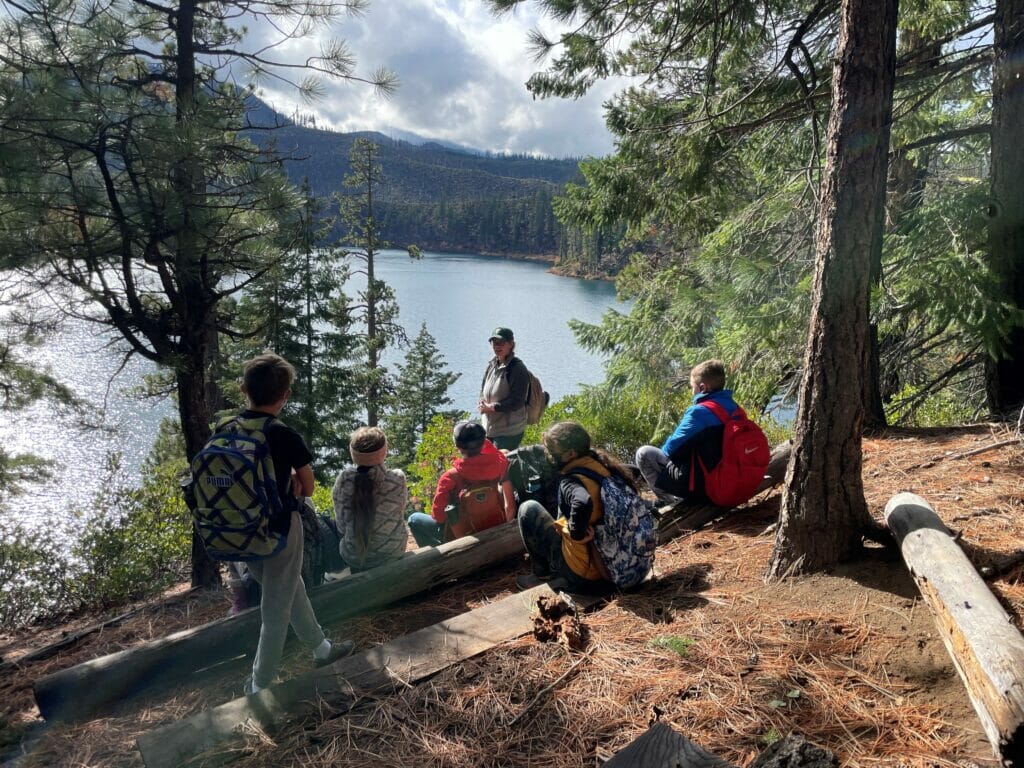
Caldera Arts, which runs innovative year-round arts and environmental programs for youth and their families, operates a private facility around Link Creek. Angling is not a focus of their programs, but Caldera has a deep desire to be good stewards of the land and made significant contributions to this project’s habitat enhancement actions.
As winter fades into spring and the snowpack melts around the new logs and plants on Link Creek, TU will host more field trips and monitoring projects for volunteers this year.
To get involved with TU’s Metolius work or donate to similar restoration and education projects in the basin, contact Darek Staab darek.staab@tu.org or say hello if you see us out on the river.
The Oregon Conservation and Recreation Fund, Portland General Electric, the U.S. Fish and Wildlife Service, and the Bella Vista Foundation provided funding for the Link Creek project.
Link Creek is traditional territory of Indigenous peoples from the Tana´nma of the Warm Springs bands and Paiute. We acknowledge the enduring connections between Indigenous Peoples and their traditional territories and the native fish and wildlife that live on these lands and waters.



